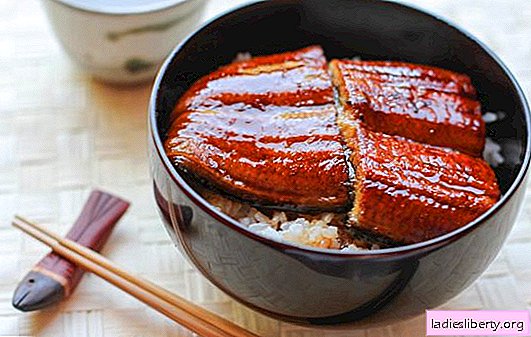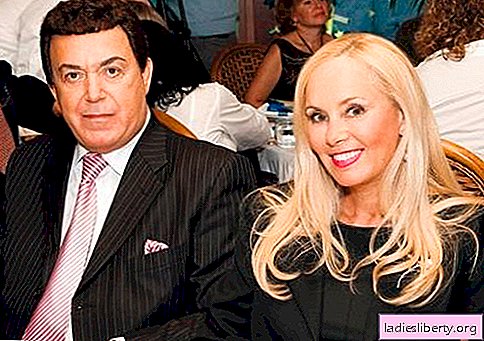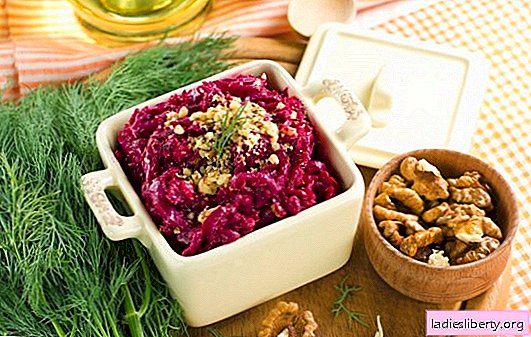
Tomatoes, along with cucumbers, won their place in suburban areas. The harvest of these vegetables will be rich only when the necessary conditions are created. This is especially important when planting tomatoes in a polycarbonate greenhouse. Plastic coating adjusts the rules for growing and caring for plants.
Contradictions between greenhouse cover and tomatoes
Polycarbonate has many positive aspects, but the specificity of this material with a lack of knowledge can destroy all the positive aspects. For this reason, if you plan to grow tomatoes in greenhouses coated with this material, you must take into account its technological features. It must be remembered that tomatoes need:
• Regular ventilation of the interior of the greenhouse. Ventilation in buildings protected by whole sheets of material is worse than in greenhouses covered with film, glass or in constructions with ventilation windows. For this reason, for the proper development of tomato plants and better fruit setting, it is necessary to use the design of the greenhouse, in which both the upper and side windows are provided. It is desirable that an automatic ventilation device should be provided when the air overheats;
• Preventive measures to protect against fatal late blight and various plant pests that can multiply in the greenhouse in a short time. Before transplanting seedlings, it is necessary to process the structure from insect larvae, pathogenic microorganisms, fungal spores;
• Tomatoes require lower humidity and temperature than cucumbers, so they cannot be grown in the same greenhouse. Otherwise, due to inappropriate conditions, the yield of one of the crops will decrease.
In addition, an important requirement for the successful cultivation of tomatoes is a sufficient amount of light. Even slight shading dramatically affects the development of plants and, as a result, the yield. Polycarbonate in terms of light transmission is much worse than glass, if there are objects nearby casting a shadow on the greenhouse, then it is advisable to remove them if possible. Which is simpler: replant shrubs or place the structure in another place, it is necessary to decide directly on the site.

In this case, we must not forget that the age of seedlings should be more than 60 days. These are viable and strong plants that can grow under a polymer, hard shell.
Tomato seedling requirements for any greenhouse:
• Calcium is mandatory, protecting the fruits from the formation of black spots and preventing shedding of inflorescences. This microelement is applied to the soil during top dressing with calcium nitrate and calcium chloride;
• Plants need - phosphorus, boron, nitrogen, potassium and magnesium, which can be added in the required ratio using the "azofoska";
• The soil in the greenhouse must be able to retain moisture for a long time. But at the same time it must be breathable. For the cultivation of tomatoes, it is recommended to use clay and sandy loamy soil, they will not dry out quickly, and most of the time they will maintain optimal humidity of 70%. Peat must be added to the sandy soil, peat or well-rotted sawdust added to clay soil.
The life cycle of a tomato lasts approximately 90-150 days, depending on the precocity and characteristics of the variety. In order for the tomato bush to go through the important stages of the growing season in favorable conditions, seedlings must be planted early. Around the second decade of May, seedlings of any ripening period should grow in the greenhouse. Planting dates for the northern regions, of course, are shifted taking into account the climatic conditions of the region.
When choosing a variety for a greenhouse, the duration of the growing season is the most important characteristic. Without fail, tomato seedlings are planted only after the soil has warmed up to a depth of at least 20 cm, of course, this time will come later in the northern regions, which means that residents of the northern regions need to select tomato varieties with a short life cycle.
Seedling Planting Technology
It is important to take into account that when growing tomatoes in a greenhouse, it is necessary to put windows both at the ends of the building and in the upper part - you need to think about such a detail in advance, flowering tomatoes require additional pollination and ventilation. Another important point - you must definitely think about how the greenhouse for tomatoes will be lit, sunlight for these plants is needed from morning to evening, even a single bush growing nearby and casting a shadow can significantly reduce the yield.

1. Soil preparation. The beds need to be done along the structure, and how many there will be depends on the width of the greenhouse. They need to be prepared 7 days before transplanting, they are made 60-90 cm wide and 30-40 cm high. A passage between the width of about 60 cm should be provided;
2. Soil fertilizer. It is necessary to make 10 l of rotted sawdust, humus or peat per 1 m2 of beds. And if the beds are made on peat soil, then you need to pour on top of them 5 l of river sand and 10 l of sawdust, humus and sod land. In addition, you need to add 22 g of potassium sulfate and 40-45 g of superphosphate. The soil on the future beds are well mixed. Before planting seedlings, the soil must be decontaminated with potassium permanganate by watering it with a weak solution of the drug, 1 l in each well. Potassium permanganate can be replaced by the "Barrier" composition, it is dissolved in 0.25 liters per 10 liters of water, and 1 liter of solution is poured into the hole. Three three days before planting seedlings, you need to remove the 3 lower leaves on the seedlings - such an operation will delay the spread of diseases, improve air circulation and will contribute to pollination and development of the first inflorescences;
3. Planting seedlings. It is necessary to plant plants with a height of 25-30 cm vertically, filling the soil with soil only from the pot. Overgrown plants of no more than 45 cm in height are not necessary to be deepened - the sprinkled stem will begin to form new roots and plant growth will slow down significantly. F1 hybrids and tall tomatoes are planted in 1 row in the center of the garden, or at a distance of 60 cm in a checkerboard pattern. With an increase in the free space between plants, the yield is halved. A bush of tomatoes, growing in freedom, forms many stepsons, and forms many inflorescences, for this reason it takes more time to grow and ripen the fruits. After the planting of seedlings is over, you can not water the plants for 2 weeks, so that they do not stretch.

2 weeks after planting the seedlings, they can be tied to a wire stretched at a height of 2 meters. Usually, the bush is formed into one stem, allowing 7-8 brushes to bloom. You can leave the lower stepson with one inflorescence, the remaining stepchildren must be removed immediately when they appear. This operation is best done in the morning, so they are easier to break off. To reduce the risk of accidental infection of plants with diseases, stepchildren should preferably break off sideways.











